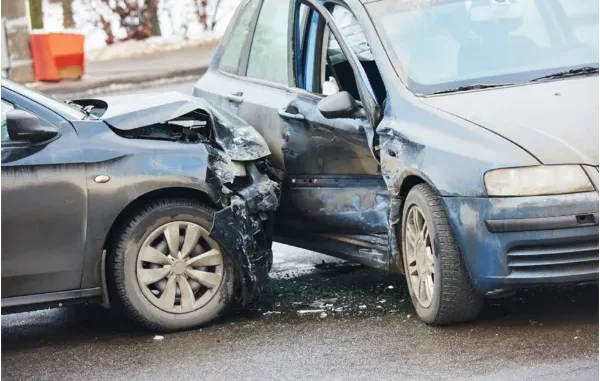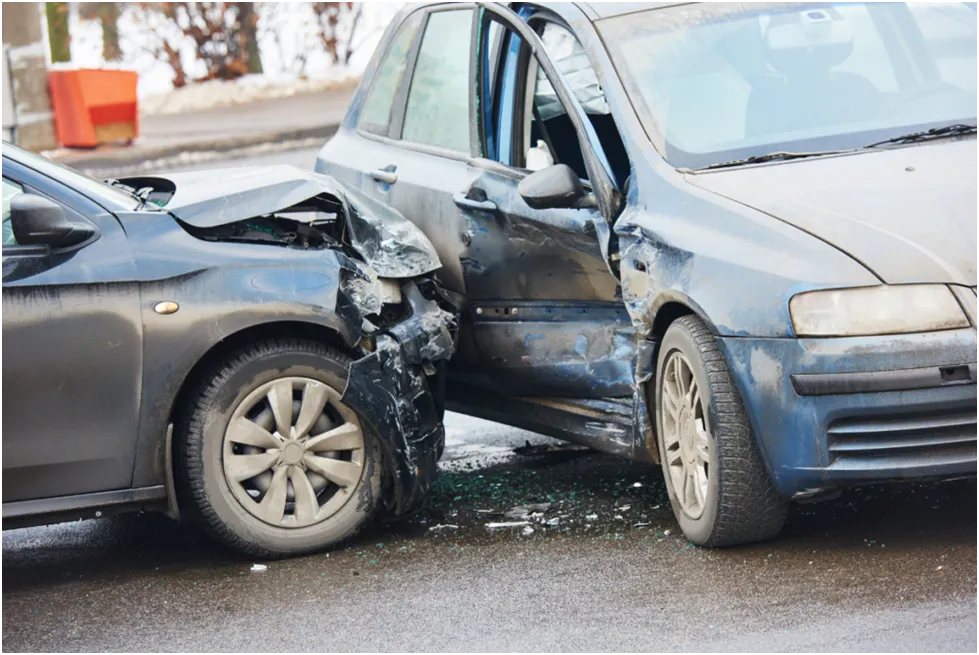

Atlanta—known for its busy roads and growing traffic—has intersections that drivers know feel riskier than others.
The I-285 and I-85 interchange, Peachtree Street crossings, and the area around Moreland Avenue and Ponce de Leon are just a few spots where crashes happen often.
Georgia’s most dangerous road intersections are a growing concern for drivers and city officials alike. These areas often see frequent crashes due to poor design, heavy congestion, or unclear signals.
Improving the most dangerous intersections can lead to safer roads and fewer lives lost.
Poor Road Design & Confusing Layouts
Many of Atlanta’s busiest intersections were built decades ago, long before the city’s traffic reached today’s levels.
Outdated designs now struggle to handle the flow of cars, trucks, buses, and bikes. That mismatch creates problems. Some layouts require drivers to make quick decisions, such as merging across several lanes in a short distance.
Cloverleaf interchanges, such as those on I-285, often lead to “weaving,” where vehicles cross paths in tight spaces. Without enough time or space, the risk of side-swipes and rear-end crashes increases.
The danger doesn’t stop with confusing merges. Visibility plays a big role, too. These common issues make driving even harder:
- Overgrown trees or poles blocking stop signs
- Traffic lights are hidden behind curves or buildings
- Lights are not timed well, causing abrupt stops
- Faded lane markings or unclear signs
When roads don’t guide us clearly, mistakes happen—and in high-speed areas, those mistakes often turn into crashes.
Heavy Traffic Volume & Congestion
Atlanta has experienced rapid growth, both in terms of population and vehicle ownership. Intersections built for lighter traffic now face daily gridlock.
Some, like the I-285/I-85 interchange, handle over 300,000 vehicles daily, according to the Georgia Department of Transportation.
That kind of volume means constant stop-and-go movement. Drivers get frustrated, distracted, or misjudge the distance between cars, making rear-end crashes far more common, especially during rush hour.
Tight spacing and limited lane options only add to the stress. When intersections clog, even small mistakes—such as tapping the brakes late—can trigger chain reactions involving multiple vehicles.
Aggressive Driving & Speeding
Atlanta drivers often push the limits, speeding, running red lights, or weaving in and out of lanes.
That’s especially true on the Downtown Connector (I‑75/I‑85), which sees over 437,000 vehicles daily, making high-speed crashes common there.
State records and NHTSA data show that aggressive driving contributes to about one in three fatal crashes in Georgia. Local police reports highlight frequent red-light violations at major junctions.
For instance, troopers responding to a chase through Midtown noted a speeding driver blew a red light at Northside Drive & 14th Street, causing a deadly collision.
When drivers ignore signals or zip through traffic, the odds of serious accidents go up fast.
Inadequate Pedestrian & Cyclist Safety
Pedestrians and cyclists face real danger at Atlanta’s busy junctions.
Many intersections—like those on Buford Highway—have long crosswalks, poor lighting, and no sidewalks.
That makes it hard to cross safely, especially at night.
- Crosswalks span multiple lanes with no pause for people to rest.
- Streetlights are often broken for years at spots like Sidney Marcus & Buford, leaving crossings in darkness.
- Cyclists get squeezed into mixed traffic because bike lanes are missing.
These gaps don’t just inconvenience non-drivers—they put them directly in harm’s way.
What’s Being Done—And Is It Enough?
The city and state have launched some safety upgrades. On Buford Highway, federal funds are improving crosswalks, lighting, curb ramps, and pedestrian signals.
Meanwhile, the GA 400/I‑285 interchange is getting new flyover ramps and side paths to improve traffic flow and safety.
While these positive steps often address symptoms, not the root problems. Many outdated layouts remain, and enforcement of speed limits or signal compliance varies.
Until more comprehensive planning and consistent updates are implemented, these fixes may slow crashes —but they won’t entirely prevent them.






Leave a Reply